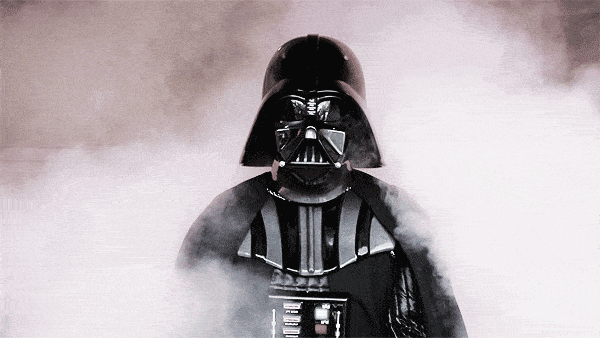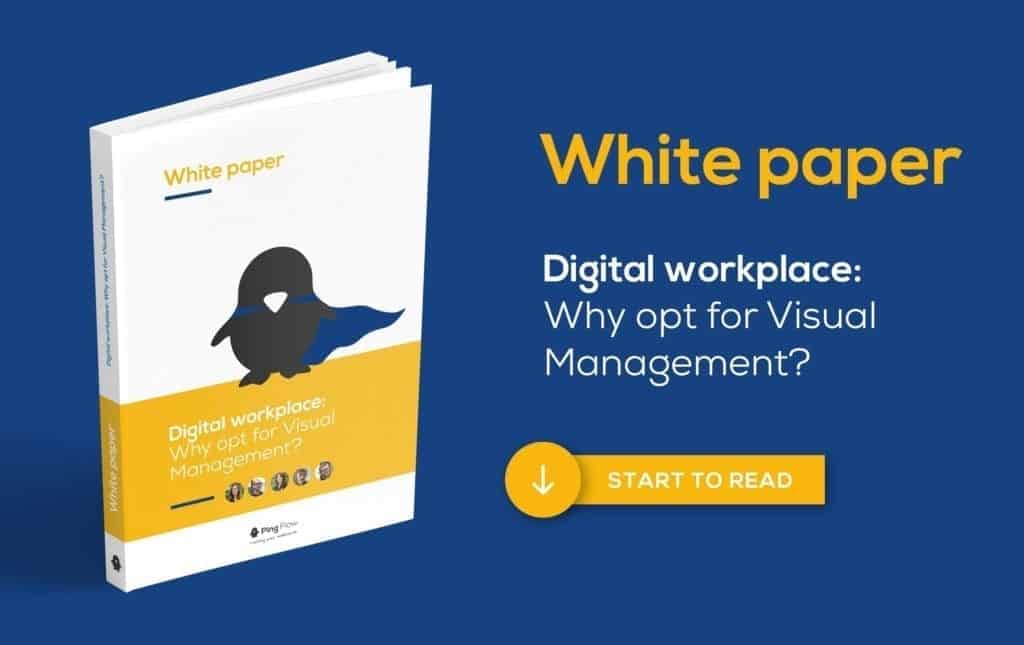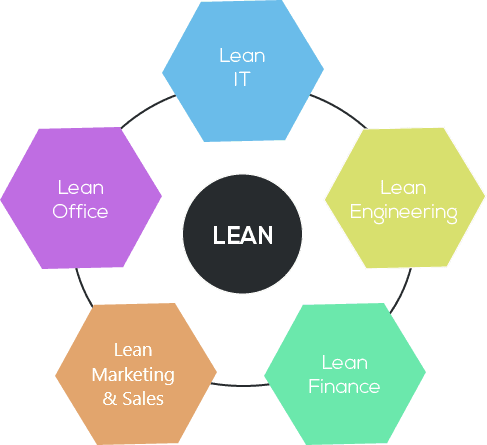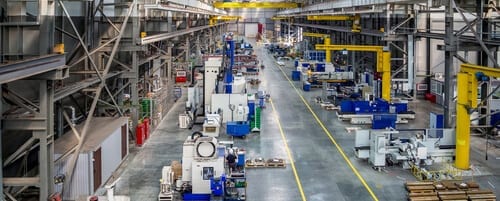To understand Visual Management better, we would like to offer you a little history lesson… At the source, a new mode of management inspired by Toyotism: Lean management. John Krafcik, an engineer previously in a Toyota sister company, was the first to discuss this production management method in 1988.
Lean: ‘I am the father of Visual Management.’

Information is one of the key tools in the combat against waste. Operators must be able to circulate freely within the factory and have easy access to useful information: Faults, machine breakdowns, incidents, diverse problems … thanks to visual and audible alarms. Visual management was born from this need for information.
A goal? Operational excellence
Thanks to Visual Management, operators reappropriate their daily management: This reinforces staff commitment. Productivity also improves considerably, as visual and audible alarms allow operators to be more reactive in their fight against wasted time and resources.
The installation of screens for operational management, otherwise known as Visual Management, represents a significant step towards digitalisation of factories and the development of Industry 4.0!
It transferred to back-office functions

A well-designed interface, which displays objectives, may have benefits beyond productivity. Visual management must consider ergonomics Information must be presented ‘aesthetically’ to encourage people to read it. Involving staff in design encourages their creativity and team spirit. They will create together a tool which will be useful for everyone involved.
And by creating comfortable seating areas around the screen, people have a convivial space in which to discuss their observations and ideas.
You thus create a space for exchange and innovation. These spaces around comfortable, less formal work areas will transform your offices into a convivial, digital workplace. The morale and job satisfaction of staff will improve considerably.



